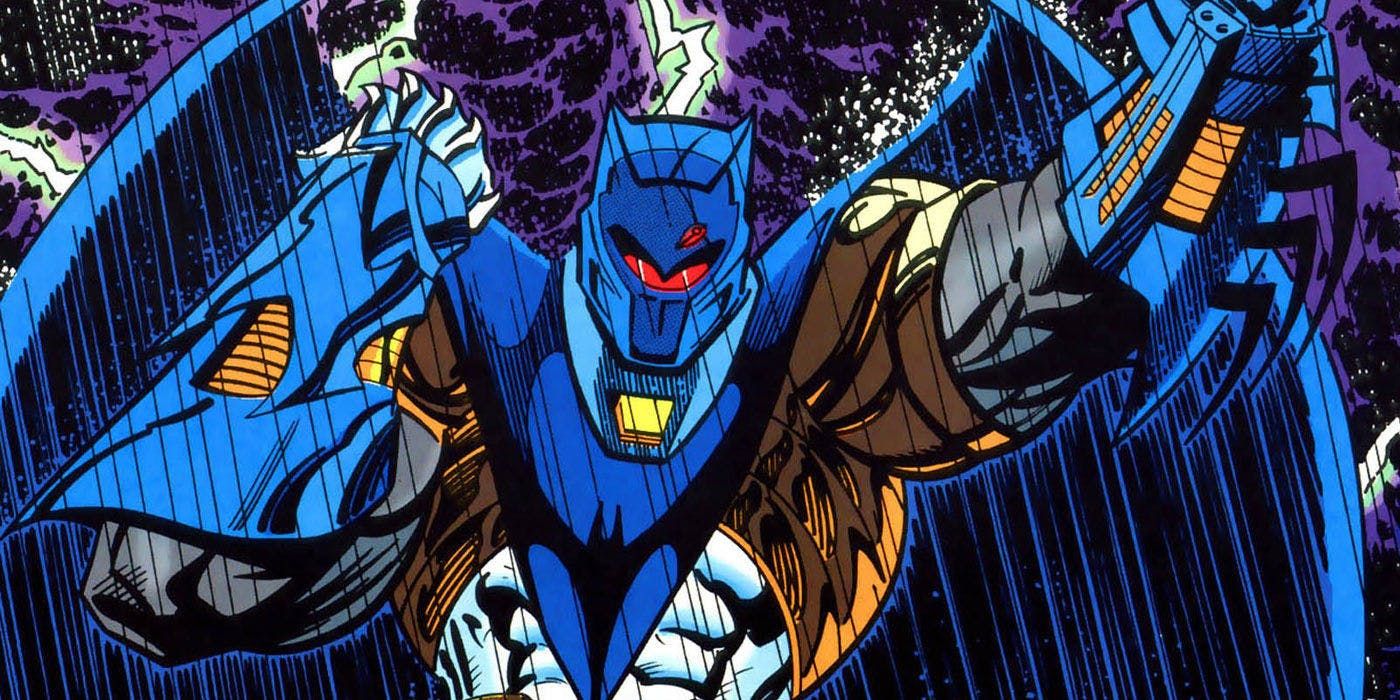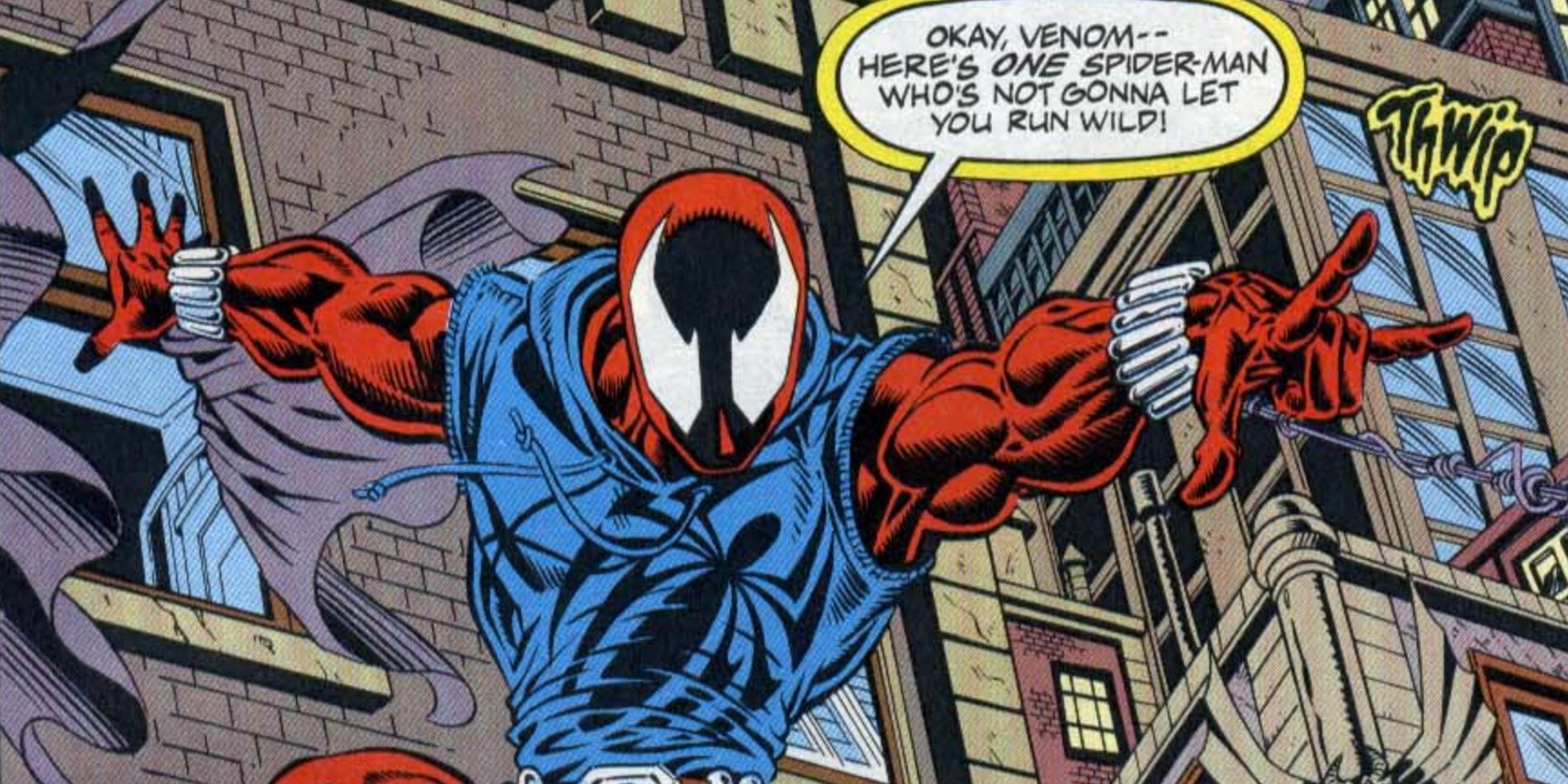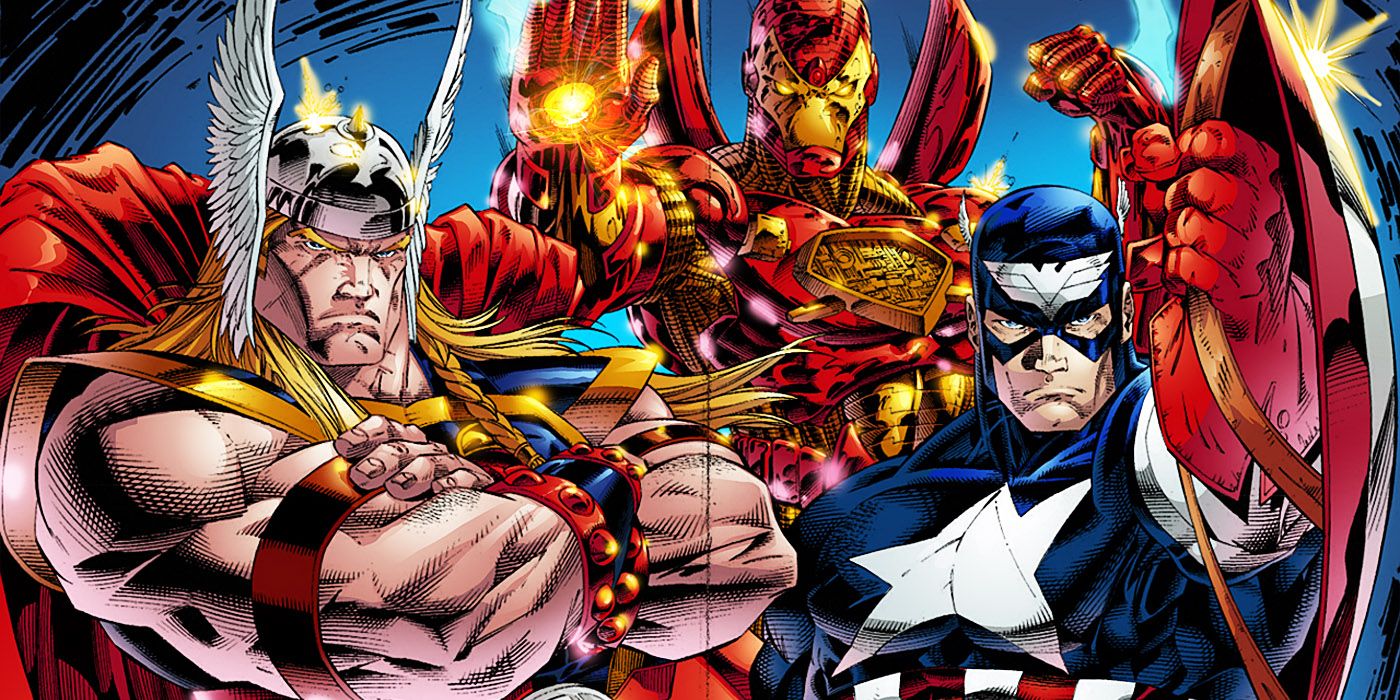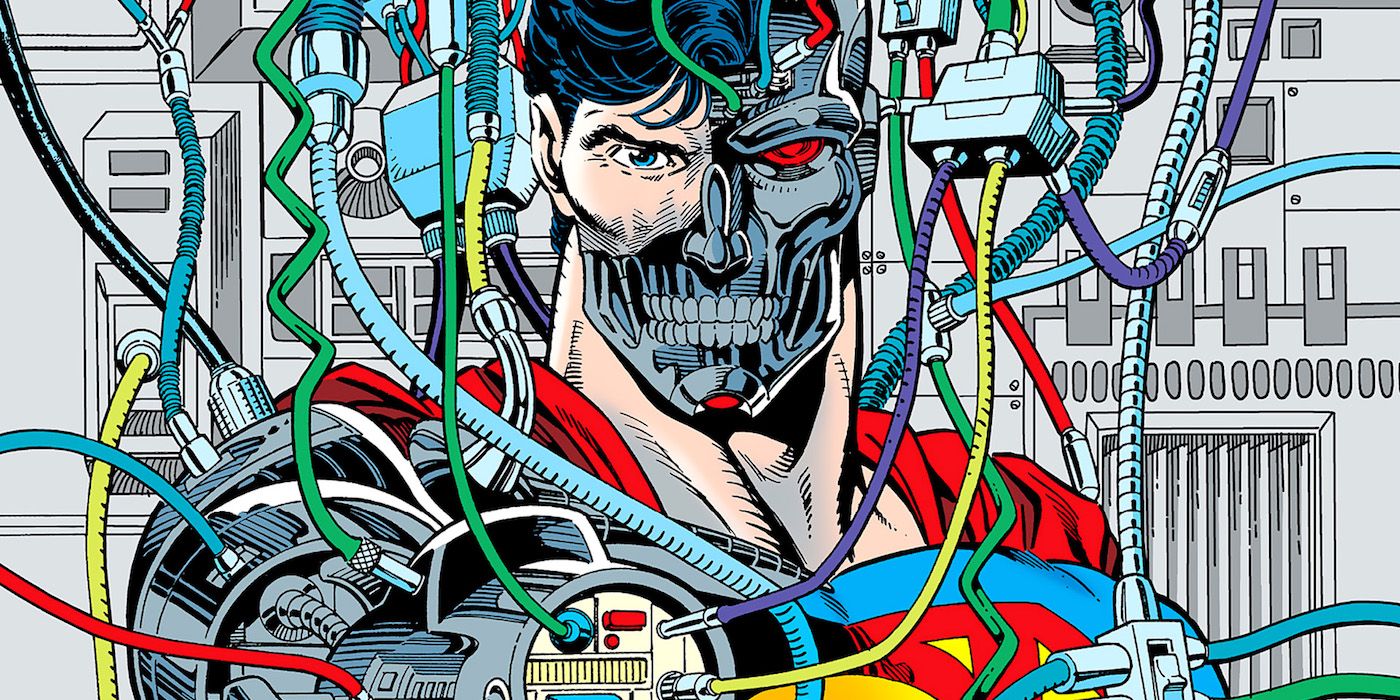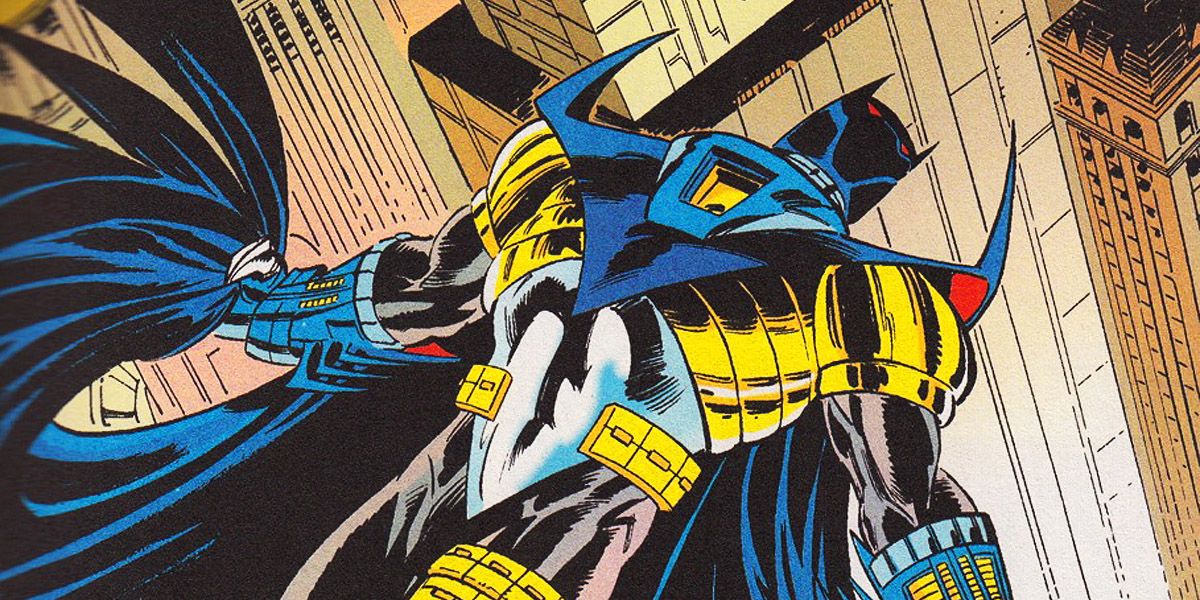The 1990s were a turbulent time for superhero comic books. The industry saw an unprecedented boom in consumers, which was quickly followed by a jaw-dropping bust. Publishers such as Valiant quickly rose to notoriety in the 90s before being sold off to other companies that eventually went bankrupt after the comic crash (before eventually being resurrected again like a phoenix in the mid 2000s). Even comic book titans DC and Marvel struggled heavily, which led the publishers to take drastic (and at times wacky) measures to keep readers reading, most notably by killing off golden and silver age heroes and replacing them with new ones.
The forming of Image Comics in 1992 by several of the comic world’s most well-known artists like Jim Lee and Todd McFarlane had a lot to do with the reshaping of superhero books. Image quickly published a pantheon of creator-owned characters that pushed the boundaries of the industry with comics such as the horror-themed Spawn and the surrealist superhero series The Maxx. Rock star artists were selling comics in the millions, and that wave of success led to big publishers seeing dollar signs at every opportunity. Before long, the superhero comic book market was oversaturated with special holographic issues and illustrators were busy cranking out variants covers.
That maximum-profit mentality quickly spread to the general public, who viewed comic book collecting as a quick and easy investment. But when collectors were slapped with the harsh truth that their issue of X-Men #1 with the slick Magneto cover by Jim Lee wasn’t going to pay their mortgage, the market collapsed almost immediately. With the superhero market made even more competitive with its crowded field of new characters, Marvel and DC took drastic changes with their classic heroes to keep them relevant.
It can be hard to imagine a world where Marvel Comics is drowning in bankruptcy, but in 1996 that is exactly what happened. Just 2 years prior, Marvel published the Clone Saga, a black eye in the Spider-Man mythos where Peter Parker was temporarily replaced as New York’s favorite web-slinger by his vest-wearing clone Ben Reilly, AKA the Scarlet Spider.
The story was a continuation of an early 1970s plot line involving Spider-Man and his deceased girlfriend, Gwen Stacey, being cloned by soon-to-be-supervillian Miles Warren, AKA the Jackal. Writer Gerry Conway unintentionally left the ending ambiguous, which led to the story being revitalized in the 90s and Peter Parker being replaced by his clone. The public outcry over the Clone Saga by both fans and Marvel’s own creative staff echo to this day. When the story finally wrapped, Marvel was already in financial ruin. The replacement of one of their flagship characters was an attempt to shock new life into the Web of Spider-Man series, but it turned out to be one of the publisher’s most hated stories ever.
But the Scarlet Spider is hardly the only wonky superhero replacement Marvel created in the 90s. In another eye-rolling story arc titled The Crossing, Iron Man turned evil, died, and was replaced by his teenage self. Teen Stark was every bit as obnoxious as his older comic book counterpart, but with the added snarky attitude of a 90s brat. Thankfully, this version of Iron Man lasted only 8 issues. It should be noted that while some hero replacements in Marvel Comics—such as Scott Lang replacing Hank Pym as Ant-Man in 1979—had long-lasting tenure, many of them were short-lived.
But not all of Marvel’s rebooted heroes were a financial failure. During the 90s, the Avengers and Fantastic 4 comics were tanking and in an effort to resuscitate their sales numbers artists Jim Lee and Rob Liefeld sent members of the Avengers and the FF to a pocket universe and swapped them out with younger characters. The publisher’s Heroes Reborn titles received mostly positive reviews and was a temporary success for the otherwise struggling company.
DC managed to survive the storm of the 90s better than its competitors, but the publisher struggled to stay on top all the same. To generate sales, DC killed off their oldest and most recognizable character, Superman, in 1993. Just 3 months after his fatal battle with the world-wrecking monster known as Doomsday, all 4 of DC’s Superman titles were relaunched, each with a replacement Superman—Superboy, Steel, Cyborg Superman, and the Eradicator. The Death of Superman story arc was such a phenomenon that not only was it covered by the mainstream media, but Saturday Night Live even did a parody sketch of it in its 18th season.
Cynics claimed the Man of Steel’s death wouldn’t be permanent, and they were right. Clark Kent eventually made his return by the end of Reign of the Supermen! While his death brought millions of new readers to DC, the backlash pushed many more away. Chuck Rozanski, owner of retailer Mile High Comics, wrote a polarizing article claiming that The Death and Return of Superman was partly responsible for the collapse of the comic book industry in the late 90s.
DC would go on to kill another staple hero of theirs, part time test pilot and full time Green Lantern Hal Jordan. In the 1994 story arc Emerald Twilight, Jordan went mad with grief after his city was decimated, destroyed the Green Lantern Corps., became the super villain Parallax, died during the events of Zero Hour, and was quickly replaced with young cartoonist Kyle Rayner. The decision to turn Green Lantern evil remains one of DC’s biggest controversies.
Even DC’s biggest cash cow, Batman, had a brief replacement in the 90s. In the iconic story arc Knightfall, writers Chuck Dixon, Doug Moench, Denny O’Neil, and artist Graham Nolan created a villain both strong and clever enough to break the Bat with their luchador crime boss Bane. As Batman’s back healed, a higher tech Dark Knight briefly took Bruce Wayne’s place as Gotham’s defender, Jean-Paul Valley.
While many have poked fun at Valley’s sharp-edged, gold-accented bat-armor, Knightfall remains one of DC’s most prominent stories from the 90s era and serves as the foundation for Tom King’s current Batman story City of Bane. Some of Batman’s sidekicks were replaced with “modern” 90s characters such as Cassandra Cain taking up the mantle of Batgirl and Tim Drake taking up the role of Robin (though technically that happened in December of 1989).
Superhero comics have been around longer than television and likely wont be going away anytime soon. Though the 90s scared publishers into replacing their timeless characters with young and edgy Gen-X reboots, the characters ultimately survived even when their corporate overlords were selling away their IPs. The success of superhero films such as 1998’s Blade and 2000’s X-Men showed Hollywood the potential comics have as a mine for source material. Unlike the real world, nothing is ever permanent in the world of comics.

